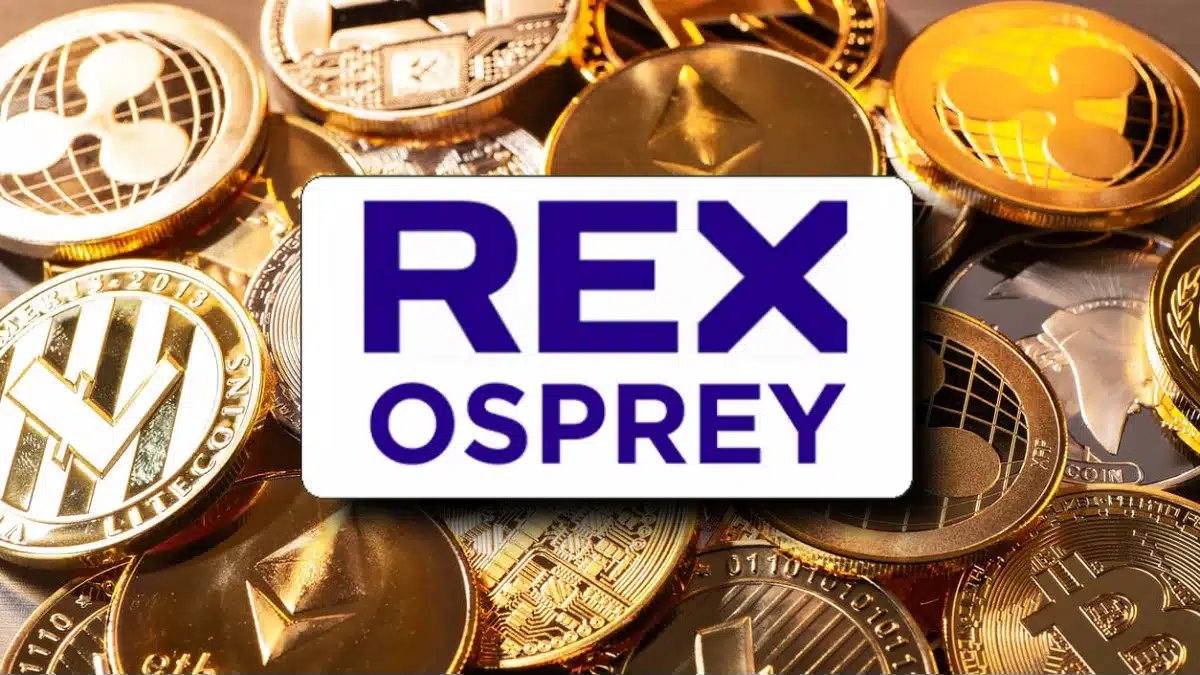Revolutionary Visa Stablecoin Integration: Unlocking New Payment Frontiers with Paxos
BitcoinWorld
Revolutionary Visa Stablecoin Integration: Unlocking New Payment Frontiers with Paxos
Get ready for a monumental shift in how we think about digital payments! In an exciting development, Visa has announced a groundbreaking partnership with stablecoin issuer Paxos. This collaboration signifies a massive leap forward for Visa Stablecoin Integration, promising to bridge the gap between traditional finance and the rapidly evolving world of cryptocurrencies.
What Does This Revolutionary Visa Stablecoin Integration Mean?
At its core, this partnership allows Visa to support two prominent stablecoins: USDG and PYUSD. Stablecoins are cryptocurrencies designed to maintain a stable value, often pegged to a fiat currency like the US dollar. This stability makes them ideal for everyday transactions, avoiding the volatility often associated with other digital assets.
Beyond supporting new digital currencies, Visa is also significantly expanding its blockchain network compatibility. Previously, Visa supported Ethereum (ETH) and Solana (SOL) chains. Now, this Visa Stablecoin Integration extends to include Stellar (XLM) and Avalanche (AVAX). This expansion dramatically increases the reach and utility of stablecoin-based payments within the Visa ecosystem.
Why is Visa Stablecoin Integration a Game-Changer for Payments?
This strategic move by Visa carries immense potential to reshape how we conduct transactions globally. Here are some key benefits:
- Enhanced Speed and Efficiency: Blockchain transactions can settle significantly faster than traditional banking methods, especially for cross-border payments.
- Reduced Costs: Lower transaction fees associated with stablecoins can benefit both consumers and merchants.
- Global Accessibility: Stablecoins offer a pathway for financial inclusion, enabling easier access to digital payments for individuals in underserved regions.
- Increased Transparency: Blockchain technology provides a transparent and immutable record of transactions.
- Broader Merchant Acceptance: As Visa integrates stablecoins, more merchants worldwide may begin accepting them, expanding payment options.
Ultimately, this Visa Stablecoin Integration could make digital payments more seamless, cost-effective, and accessible for everyone.
Navigating the Digital Frontier: What Challenges Lie with Visa Stablecoin Integration?
While the benefits are clear, the path to widespread adoption of stablecoin payments is not without its hurdles. Regulatory clarity remains a significant factor. Governments worldwide are still developing frameworks for digital assets, and consistent regulations are crucial for long-term stability and trust.
Moreover, user education is key. Many consumers and businesses are still unfamiliar with stablecoins and blockchain technology. Efforts to simplify understanding and build confidence will be essential. However, these challenges also present immense opportunities. As Visa, a trusted global payment giant, champions Visa Stablecoin Integration, it lends significant credibility to the digital asset space, potentially accelerating mainstream acceptance and innovation.
How Will This Visa Stablecoin Integration Impact Everyday Transactions?
Imagine sending money internationally with the speed of a text message and minimal fees. Or paying for your online shopping using a stablecoin that’s as reliable as your local currency. This partnership brings these scenarios closer to reality.
For consumers, it means more choice and potentially lower costs when making purchases or sending money. For businesses, it offers faster settlement times, reducing operational delays and improving cash flow. The expansion to Stellar and Avalanche also opens doors to a wider array of decentralized applications and services that can now seamlessly integrate with Visa‘s payment infrastructure. This is an actionable insight for anyone involved in digital commerce or international remittances.
In essence, the Visa Stablecoin Integration with Paxos is not just about adding new currencies; it’s about building a more efficient, inclusive, and interconnected global payment system for the future.
This groundbreaking collaboration between Visa and Paxos marks a pivotal moment for digital payments. By embracing USDG and PYUSD and extending support to Stellar and Avalanche, Visa is actively shaping a future where stablecoins play a central role in everyday transactions. This Visa Stablecoin Integration promises to deliver greater efficiency, lower costs, and broader access to financial services, setting a new standard for global commerce. It’s an exciting time to watch these innovations unfold!
Frequently Asked Questions (FAQs)
1. What are USDG and PYUSD?
USDG (Paxos Gold) is a gold-backed stablecoin, while PYUSD (PayPal USD) is a US dollar-pegged stablecoin. Both are issued by Paxos and are designed to maintain a stable value, making them suitable for payments and remittances.
2. Which blockchain networks does Visa now support for stablecoins?
Visa now supports stablecoins on Ethereum (ETH), Solana (SOL), Stellar (XLM), and Avalanche (AVAX). This expands the reach and flexibility of its stablecoin offerings.
3. How does the Visa and Paxos partnership benefit consumers?
Consumers can benefit from faster and potentially cheaper international payments, increased transparency, and a broader range of options for digital transactions. This Visa Stablecoin Integration aims to make digital money more accessible and efficient.
4. Will this Visa Stablecoin Integration make crypto payments more mainstream?
Yes, the involvement of a global payment giant like Visa in supporting stablecoins through Paxos significantly boosts the credibility and accessibility of crypto payments, paving the way for wider mainstream adoption.
Did you find this article insightful? Share it with your friends, colleagues, and anyone interested in the future of digital payments! Your support helps us spread awareness about these exciting developments.
To learn more about the latest crypto market trends, explore our article on key developments shaping the future of institutional adoption.
This post Revolutionary Visa Stablecoin Integration: Unlocking New Payment Frontiers with Paxos first appeared on BitcoinWorld.
You May Also Like

Big News: First U.S. Spot XRP and DOGE ETF by Rex-Osprey Officially Launches: Details

Fraudulent Token Scheme Smashed as Judge Delivers Crushing $3.34M Blow

